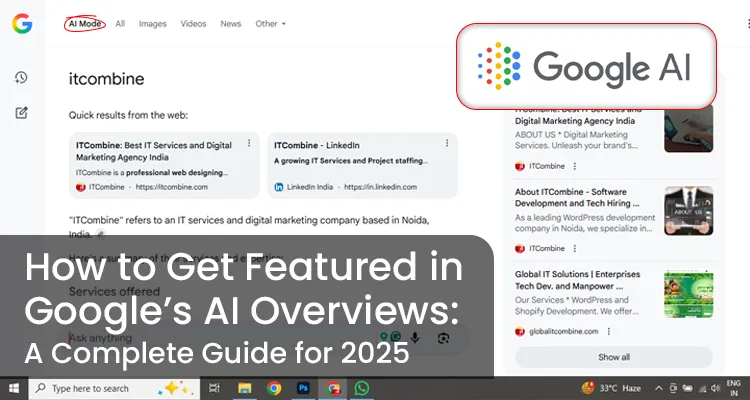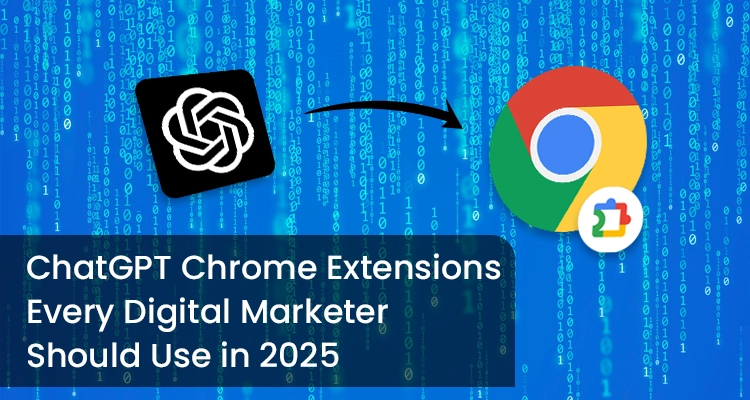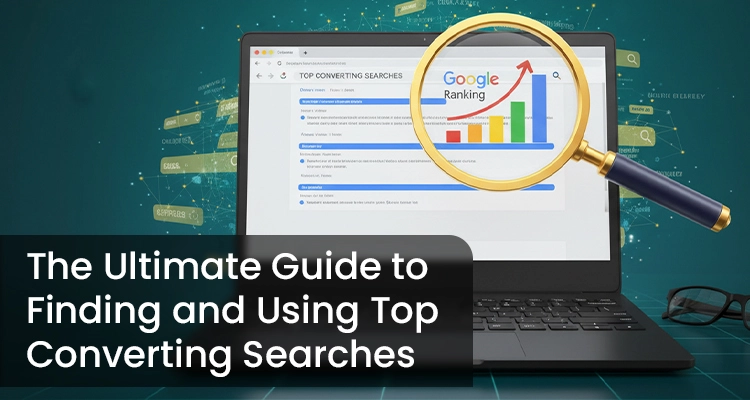How to Get Featured in Google’s AI Overviews: A Complete Guide for 2025

With the increasing visibility of Google’s AI Overviews in search results, website owners, bloggers, and digital marketers are asking the same question: What should I do to get my website featured? The good news? You don’t need to reinvent the wheel.
In this article, we’ll break down how to optimize your content using the existing SEO best practices that still work—and what you can do right now to improve your chances of being featured in Google’s AI Overviews.
What Are Google’s AI Overviews?
Google’s AI Overviews are summaries generated by artificial intelligence and shown at the top of certain search results. They aim to give users quick, accurate answers pulled from reliable sources across the web. Think of it as Google using AI to connect the dots from high-quality content—and then presenting those insights in one compact box.
But here’s the kicker: you don’t need to create AI-specific content to appear in them. Instead, you need to double down on high-quality SEO practices.
Does Traditional SEO Still Work?
Yes—and that’s straight from Google itself.
At the Google Search Live Deep Dive event in 2025, Gary Illyes confirmed that to appear in AI Overviews, you only need to follow traditional SEO best practices.
“To get your content to appear in AI Overview, simply use normal SEO practices. You don’t need GEO, LLMO, or anything else.”
This was echoed by SEO experts across the industry, including Glenn Gabe and Kenichi Suzuki. So, what does “normal SEO” actually mean in today’s context?
What Is “Normal SEO” According to Google?
“Normal SEO” includes:
- Creating helpful, relevant, and trustworthy content
- Structuring your page with proper HTML tags and headings
- Focusing on user search intent
- Keeping your website technically optimized
- Earning authoritative backlinks
It’s the SEO fundamentals that have worked for years—and they’re still what matter most in an AI-driven search environment.
Key Strategies to Appear in AI Overviews
Here’s how to ensure your site is optimized for Google’s AI Overviews using traditional SEO methods.
a. Create Helpful, User-Focused Content
Google continues to emphasize “helpful content” that provides value to the user. AI Overviews tend to pull answers from websites that focus on clarity, completeness, and topical authority.
Tips to create people-first content:
- Solve real user problems
- Avoid keyword stuffing
- Use a natural, easy-to-read tone
- Include real-life examples, FAQs, and data
- Update your content regularly to stay current
By providing genuine value, your page becomes a candidate for AI-generated summaries.
b. Use Clear Headings and Structured Formatting
AI and search engines scan your content for hierarchy and clarity. Pages that are well-structured tend to perform better in AI Overviews, featured snippets, and People Also Ask results.
Formatting tips:
- Use proper headings: H1 for titles, H2 for main sections, H3 for sub-sections
- Include bullet points, numbered lists, and short paragraphs
- Use tables and data visuals when relevant
- Add schema markup (like How-To, FAQ, Article)
Good structure improves user experience—and increases the chances of your content being selected by AI systems.
c. Write with Search Intent in Mind
To show up in Google’s AI Overviews, your content has to align with what people actually look for. That is, each piece of content has to be aligned with one particular search intent—informational, navigational, transactional, or commercial.
How to align with search intent:
- Begin with SERP analysis to observe what Google is currently ranking
- Get to know the query: Is the user searching for something to buy, weighing options, or seeking information?
- Organize your page with the main question answered upfront and aided in turn by detailed information
If your content meets the purpose of the question, there is a better chance AI will cite it.
d. Get Your Site Technically Strong
You might have amazing content in the universe—but until your site is technically well-optimized for SEO, it will not show up in Google’s AI Overviews.
Technical SEO checks to run:
- Mobile-friendliness: Ensure your site is accessible on mobiles and tablets
- Page speed: Minify images, enable caching, and keep code lightweight
- Core Web Vitals: Monitor metrics like LCP, FID, and CLS
- Indexing and crawlability: Employ XML sitemaps and avoid duplicate content
- HTTPS and clean URLs: Employ secure protocols and understandable link structures
Technical health enhances both user experience and AI crawler discoverability.
e. Build High-Quality Backlinks
Backlinks are still one of the best trust indicators for Google. In the AI age of search, they are more relevant than ever because they indicate authority and expertise.
Organic methods of acquiring backlinks:
- Produce extensive content, original studies, or infographics
- Guest blog on trade publications or be featured in online media
- Publish thought leadership on LinkedIn or within specialized communities
- Submit your website to quality directories and media
The more that your material is referenced and embraced throughout the web, the better chance it’ll show up in AI Overviews.
Do You Need to Change Anything?
Not drastically. If you’re already doing solid SEO, you’re already on the right path.
There’s no need to learn something new like GEO (Generative Engine Optimization) or LLMO (Large Language Model Optimization). These are buzzwords. The truth is, Google’s AI Overviews use the same signals as traditional search—just presented differently.
However, it’s wise to:
- Track whether your content appears in AI Overviews
- Monitor how it affects CTR and visibility
- Optimize further based on observed trends
Appearing in an AI Overview is great for brand visibility, but it may or may not result in a click—so monitor performance with tools like Google Search Console and GA4.
Final Thoughts
Google’s AI Overviews aren’t a secret club or a mystery algorithm. They’re powered by the same core SEO principles that have guided content marketing for years.
To get your website featured:
- Keep delivering value
- Stay consistent with best practices
- Focus on content quality, structure, and intent
- Don’t chase trends—master the fundamentals
In short, if you’re doing good SEO, you’re doing AI SEO. So, keep building content that’s clear, helpful, and human-first—and let Google’s AI do the rest.
Content written by-Tanya
Tanya is part of the expert content marketing team at ITCombine. She has an expertise of curating meaningful information that can be used by visitors in general. Tanya is also involved in creating Client specific stories and blogs.
Copyright © 2025 - itcombine.com.
All Rights Reserved.








